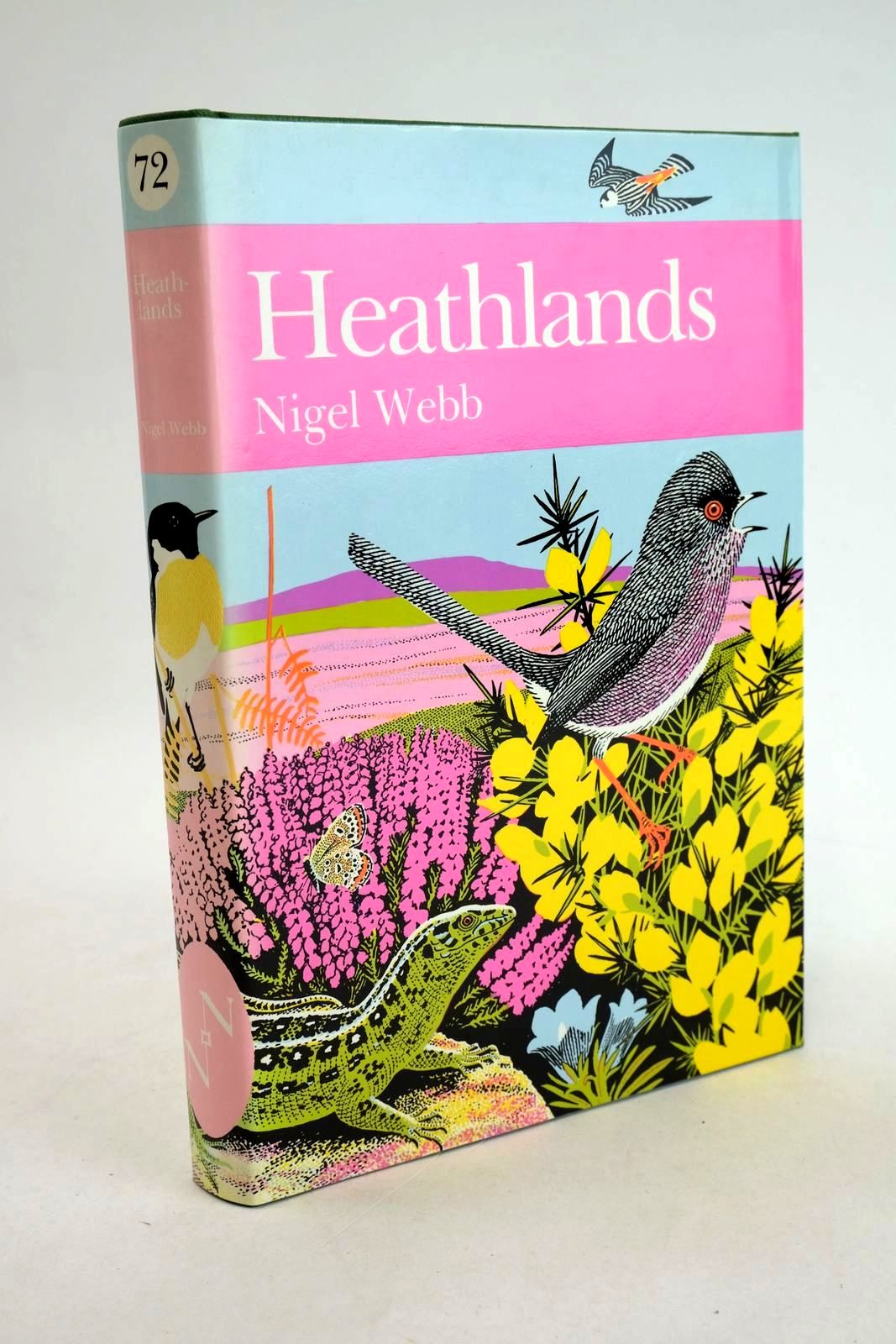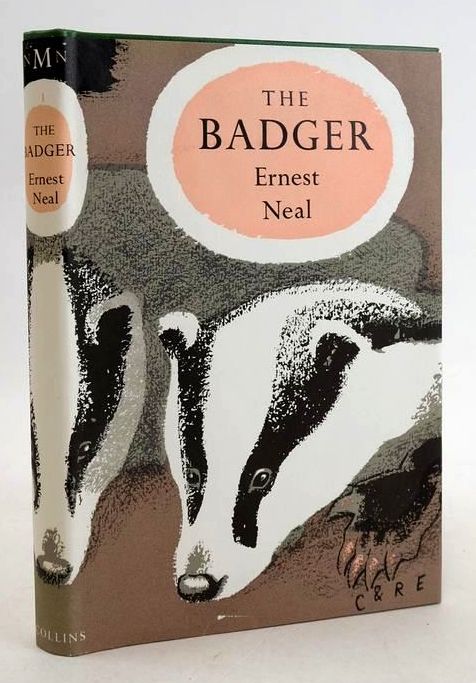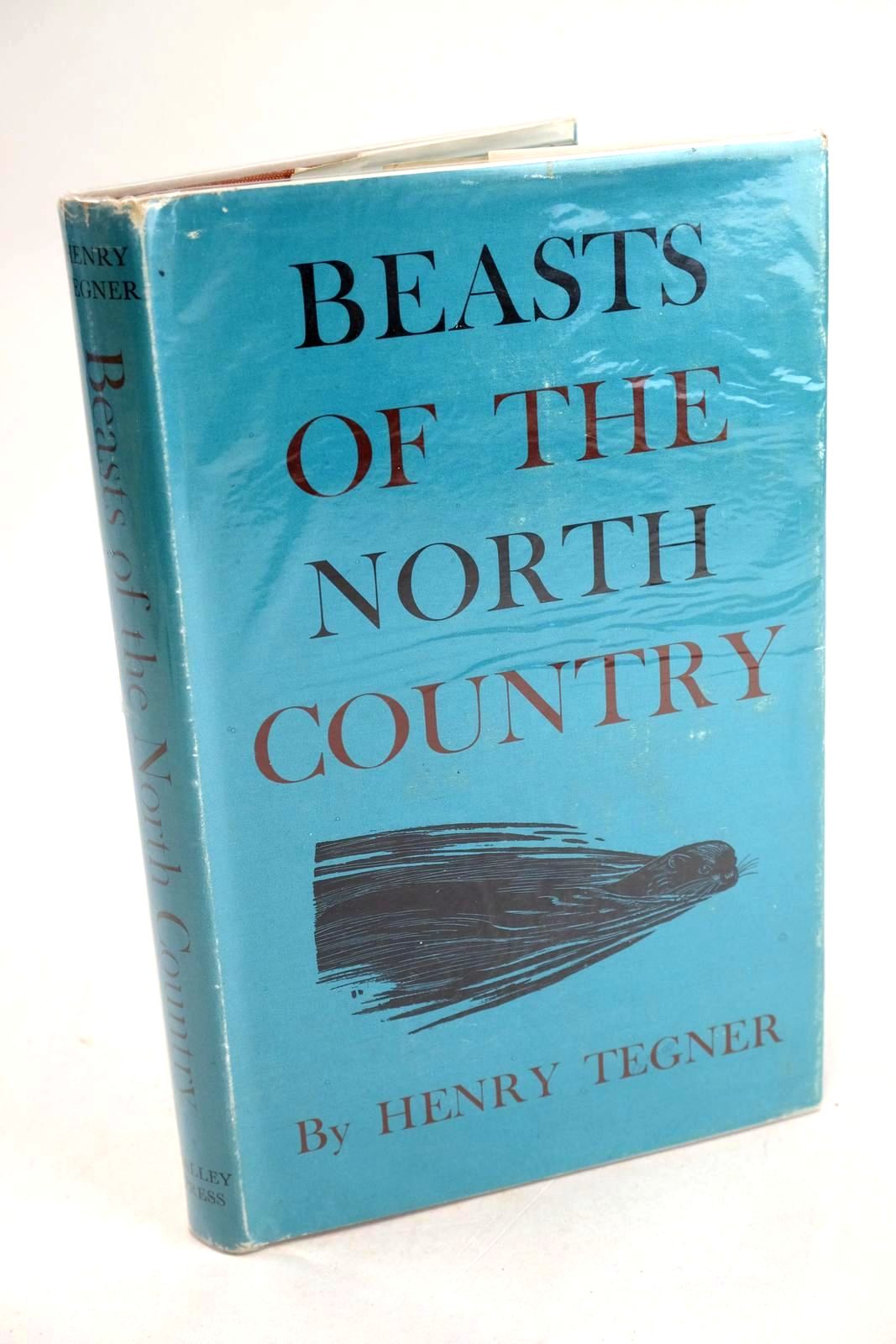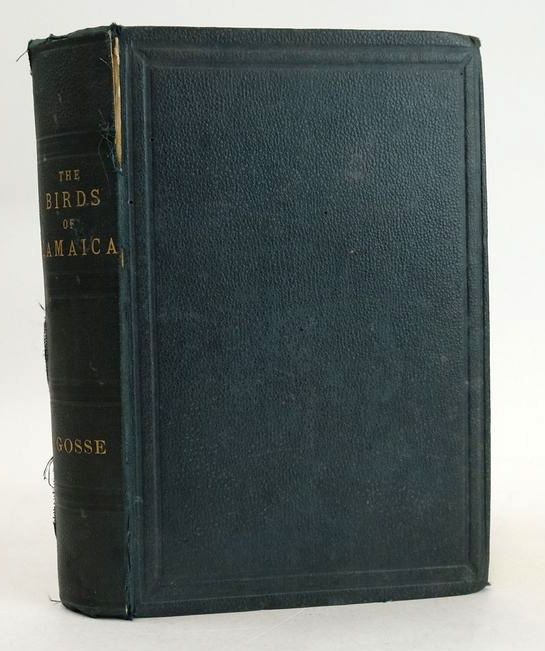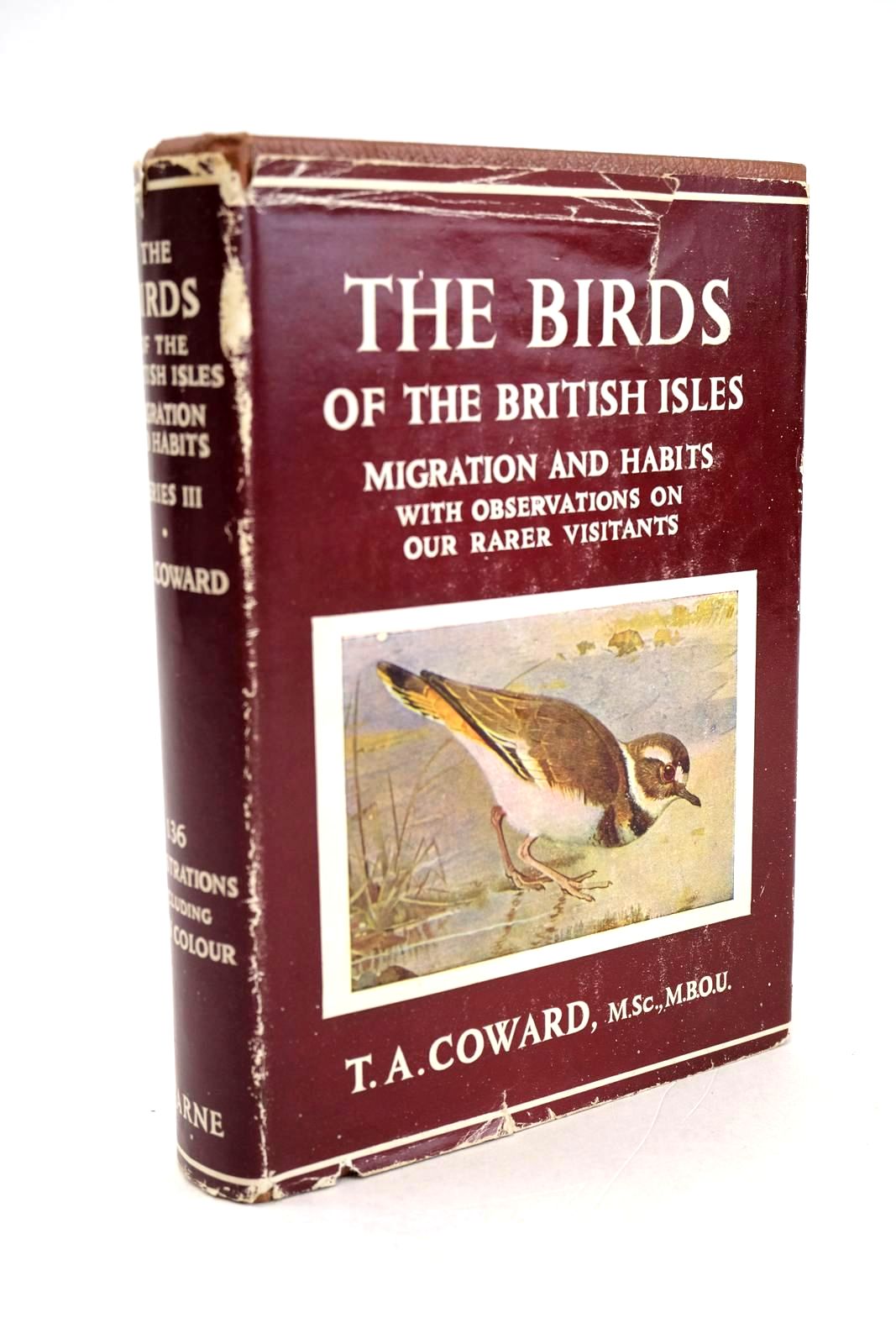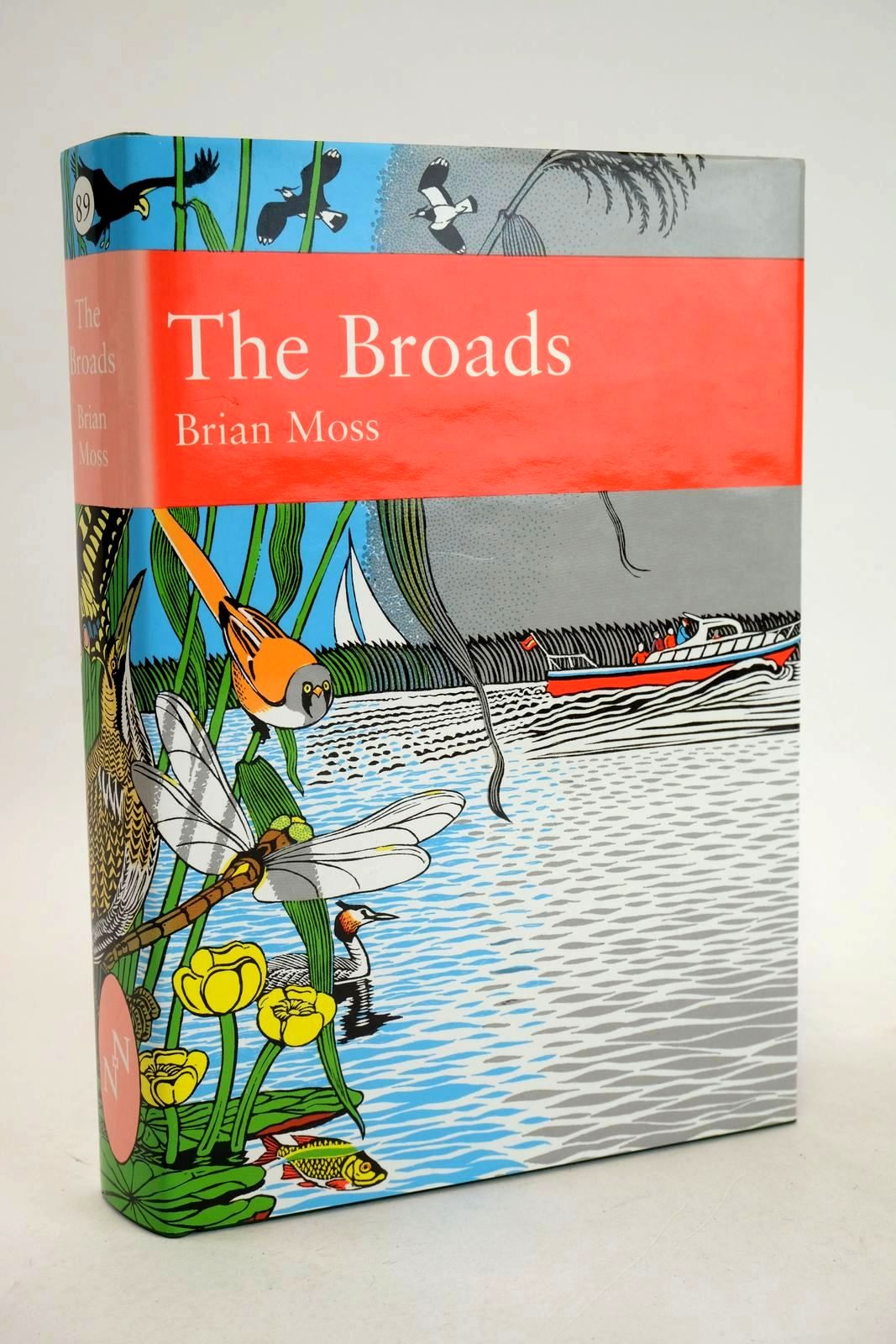Curious Creatures
Or, for those of you who enjoyed my previous article about our garden visitors, here are “More Garden Visitors” to our garden here in Portugal. Cliff and I have been settled here for a year now and continue to be amazed at the abundance and variety of wildlife we see right outside our back door. Mind you, we have to look very closely on occasions to see the beauty, or some would say peculiarities, of the little creatures that frequent our flowers and the nooks and crannies in the stone walls. Here are some we found particularly fascinating.
The shield bugs are probably among the best known bugs in everybody's garden. There are roughly 7000 species of this little insect which is named after its shape - it often does look like the shields that knights used in medieval times to defend themselves. Another common name is stink bug because, when threatened, some species produce a foul-smelling liquid from special glands near their hind legs. Surprisingly, shield bugs often show parental care, guarding their young from predators – most unusual in the insect world! Few gardeners would consider them to be pests but, because they feed on the sap from plants, when they group in large numbers they can become a significant problem.
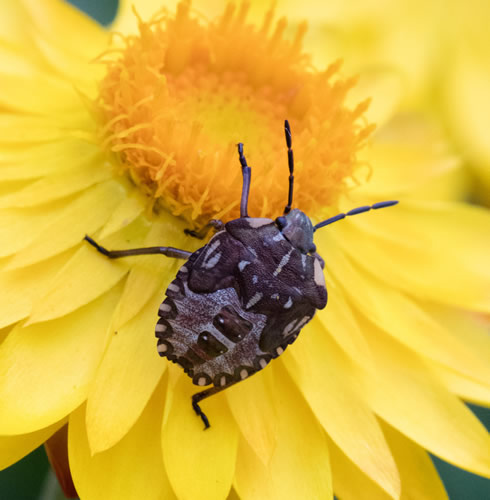
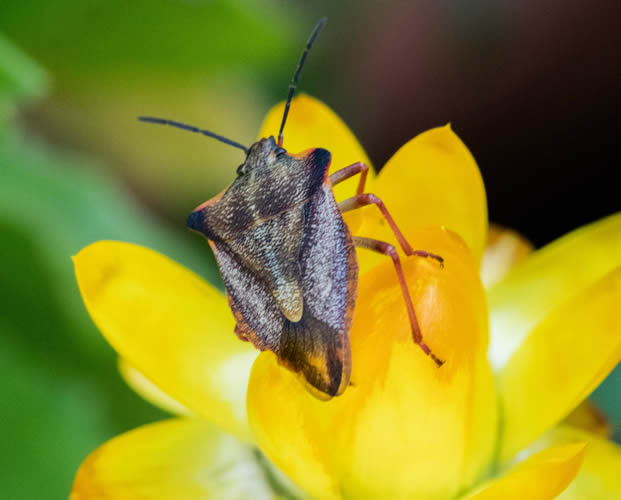
A more curious little creature is the weevil. Weevils are a type of beetle and there are over 60,000 species of them - you will be pleased to know that they are usually small, less than 6mm! An adult weevil has an elongated head that forms a snout and the mouth is at the end of the snout. Some weevils have a snout that is as long as the body! Weevils feed on plants and while most weevils are found in fields, gardens or orchards, a few species attack stored grains and seeds. They can be very destructive, and their damage is often very expensive. These little chaps are Acorn Weevils. They use their long nose to drill tiny holes and burrow into - yes you’ve guessed - acorns! The adult female bores into the immature nut to lay her eggs where they hatch into grubs. In the autumn, when the nuts fall, the grubs bore holes through the shells from the inside to emerge into the soil where they may live for a year or two before maturing into adult. I do think these look very cute with their antennae stuck on the side of their very long nose!
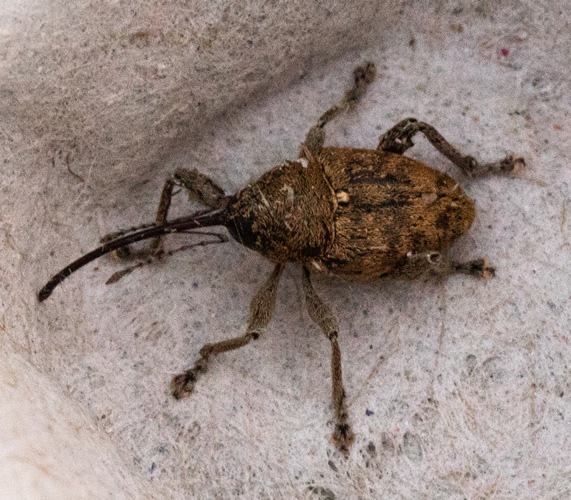
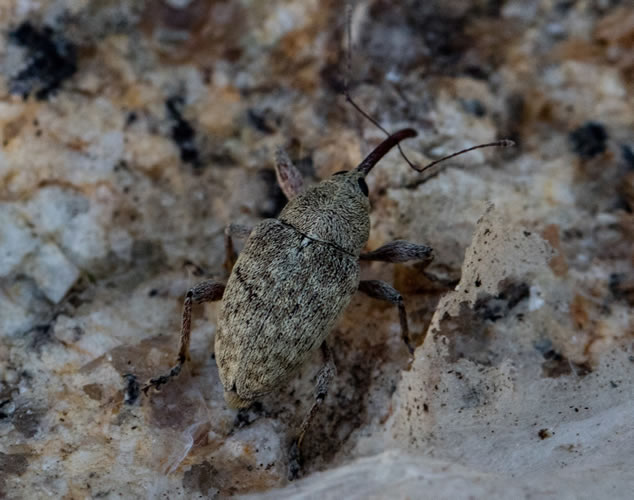
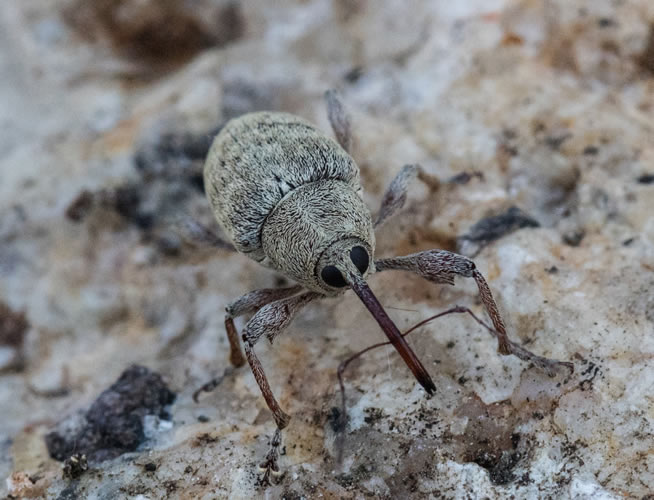
From the sublime to the ridiculous!! This handsome fellow is also a weevil, believe it or not, but quite different from the acorn weevil. He is a short-nosed weevil and is larger, about two centimetres long. Just look at that armour plating, isn’t it fantastic?
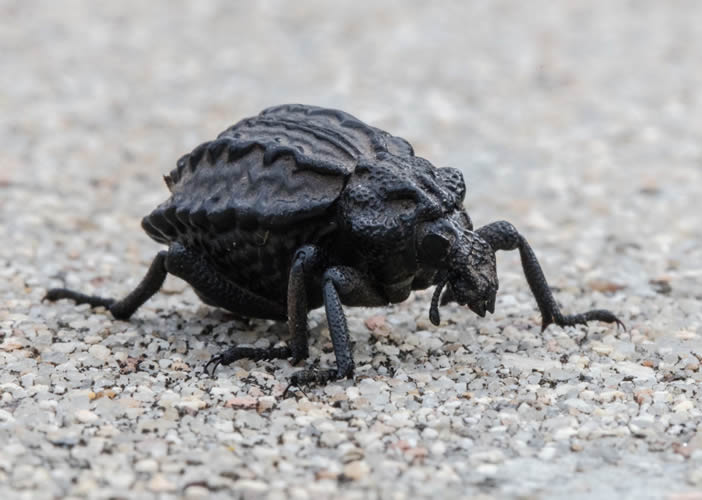
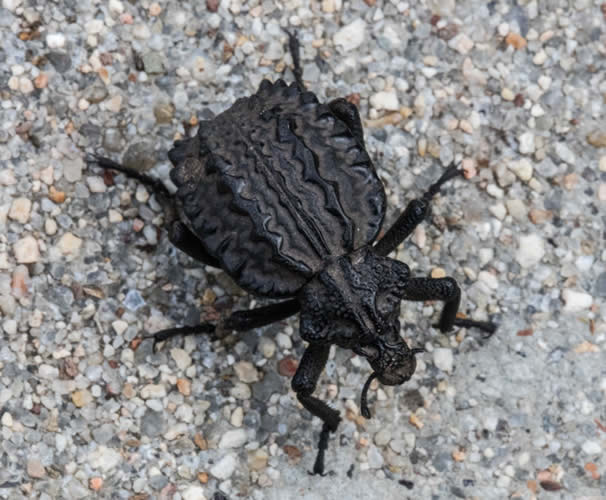
It rarely rains here in Portugal, but, when it does, out come all the damp-loving night time creatures – frogs, toads and salamanders. We returned home one evening after dark and discovered a visitor by the gate that we had not seen before. He looked like a lizard but lizards are out and about in the daytime. He wasn’t a gecko, his feet were not gecko’s feet. We took him inside to have a closer look and take some pictures. After much research we discovered to our surprise – he is a newt! To be precise, a Pygmy Marbled Newt. I had thought that newts were only found in water but no, this one lives in oak woodland (of which we have lots) and uses ponds, ditches and other water bodies for breeding. The Pygmy is a species of salamander and is only found in the southern parts of Portugal and Spain, hence its other name, the Southern Marbled Newt. The International Union for Conservation of Nature has assessed its status as being "near threatened" because its habitat is being degraded by urbanisation and the loss of temporary water bodies. Another threat to the species is the introduction of crayfish and non-native fish and the pollution of its breeding sites. We felt most honoured to have been visited by this lovely little creature.
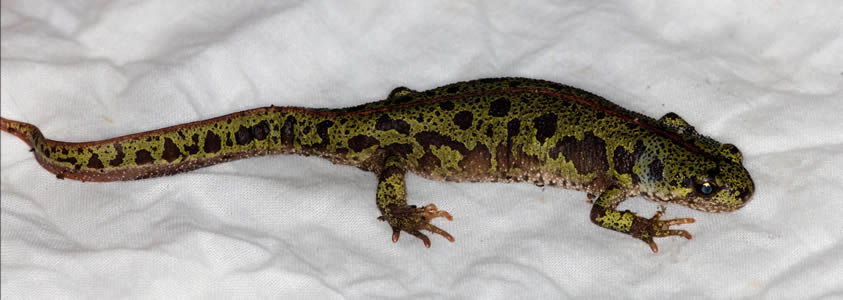
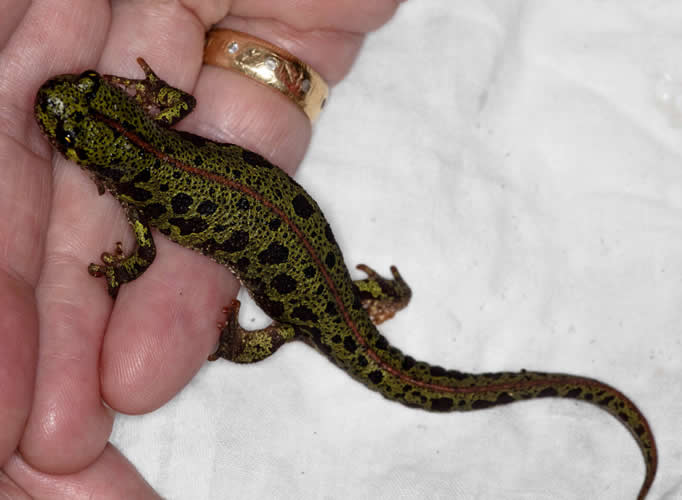
Another rarity (to us from the UK) which appears when the rain comes is the delightful little Natterjack Toad. He can be distinguished from the Common Toad by a yellow line down the middle of his back and his relatively short legs which make him waddle rather than hop like the other toad species. Natterjacks can live for up to 15 years (if they manage to avoid the local storks and herons) and they feed mainly on insects, especially beetles – look out weevils! They move considerable distances each night, enabling them to colonize new habitats very quickly. Unfortunately in the UK the Natterjack is confined almost completely to coastal sites due to loss of habitat and acidification of water from acid rain and other pollutants. So we are delighted to have this little visitor in our garden.
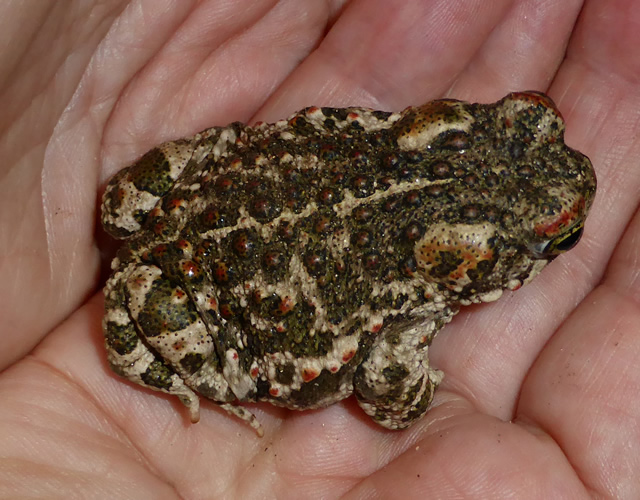
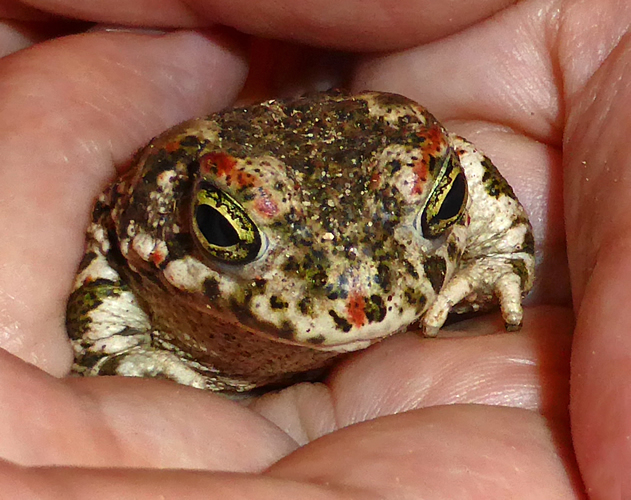
We found the next character wandering around on the patio. Again we had no idea what he was, whether he was a beetle larva (a Very Big Beetle…) or a caterpillar. He was about 8 centimetres long and seemed to know where he was heading. After the first one, we continued to see others at regular intervals, all on the ground and all roughly the same size. More research required! We discovered they are caterpillars of the Goat Moth, a large heavy moth with a wingspan of 7-10 centimetres! The Goat Moth is so-called because the caterpillar can give off a smell reminiscent to that of a male goat. If you’ve ever smelt a billy goat you will know it’s not very pleasant. Fortunately our caterpillars were friendly and we didn’t have to suffer the smell! The caterpillar burrows into the trunks of various deciduous trees and feeds on the wood. (Apparently the Romans consumed these caterpillars as a delicacy after rearing them with a diet of flour which is much easier to digest than wood and so caused them to grow faster!) Eating wood requires a long digestion period which prevents the caterpillars from developing quickly. Amazingly they live for up to five years and we were lucky to see these as they only leave their trees when they are ready to come to the ground to find a place to pupate. We've not yet seen the moth but here is a beautiful photo from Mark Skevington Ukmoths.org.uk (below right).
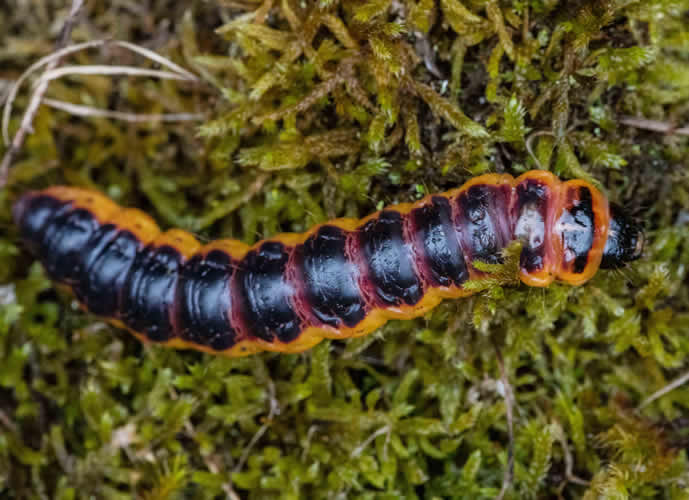
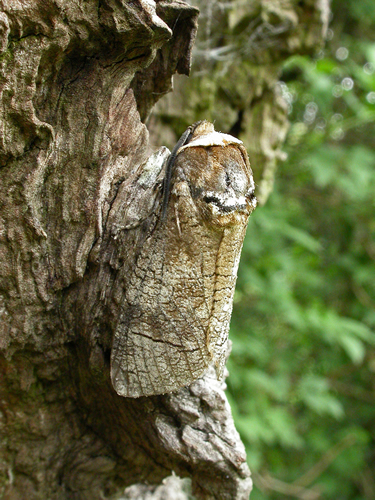
This visitor appeared to be a very ordinary beetle when he flew down close by. In fact I’m sure he is a very ordinary beetle but when I turned him over – just look at those beautiful irridescent colours – marvellous!
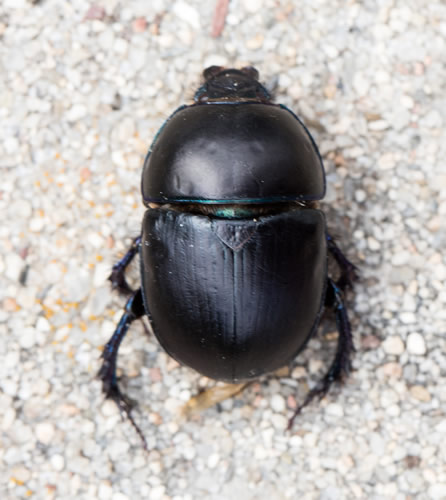
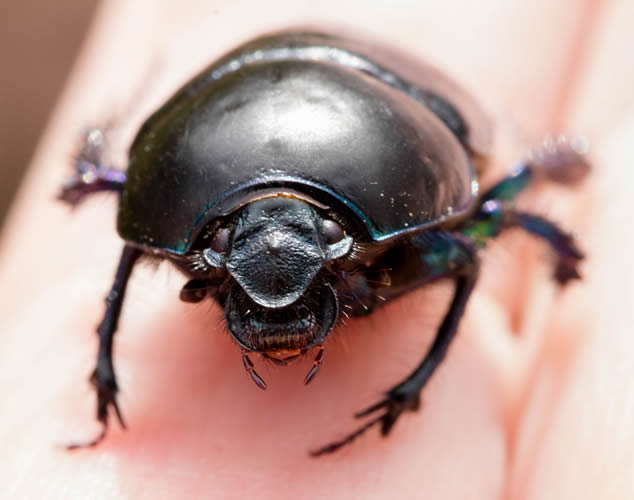
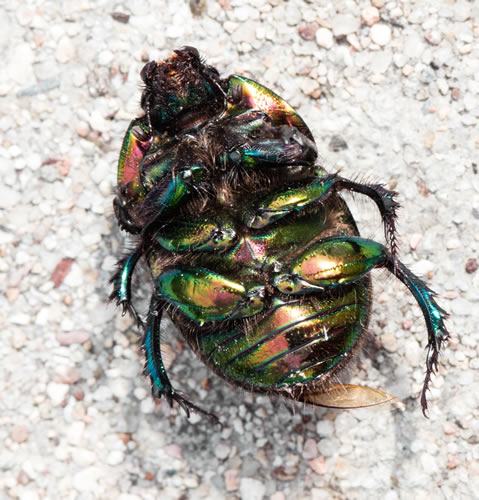
I’ve saved this little visitor until almost last. I happened to look out of the door one day to check if the flowers needed watering and there, on the chrysanthemum, was the most extraordinary creature I had ever seen! I shouted to Cliff to quickly come and look and to bring the camera. I don’t know what he thought he would see but I’m sure it wasn’t this. It is a Conehead Mantis. This amazing creature is a species of Praying Mantis and is found in southern parts of Europe. I love the Praying Mantis because, unlike other insects, it can turn its head, so its eyes can follow you and look directly at you. This one is a baby being only about 40mm long. Adults have wings and the female can be up to 10 centimetres long. I now know where the creators of science fiction films get their ideas for alien monsters!
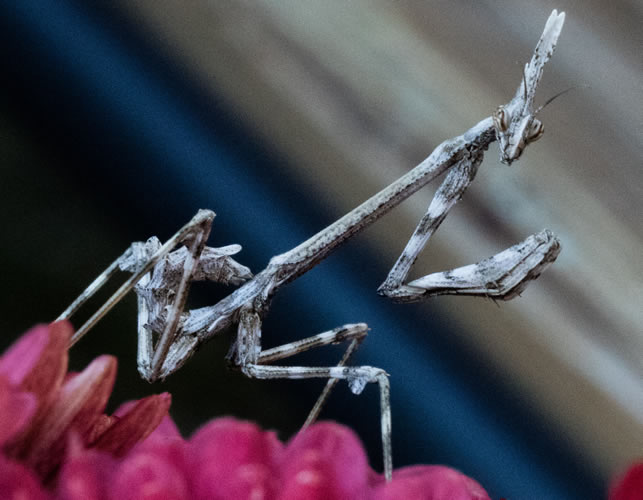
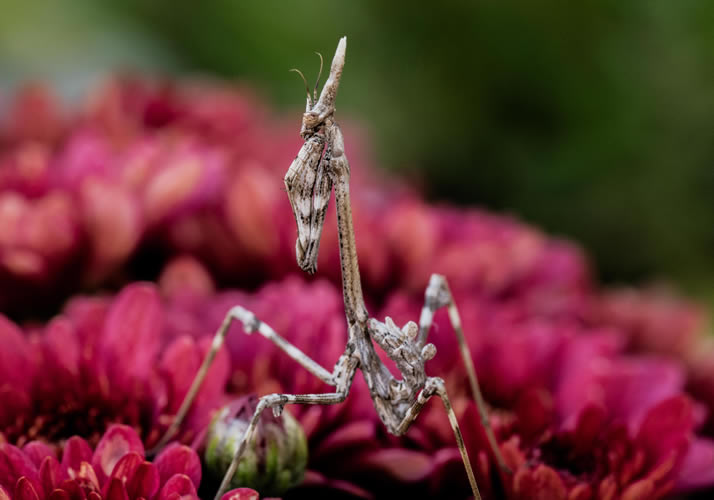
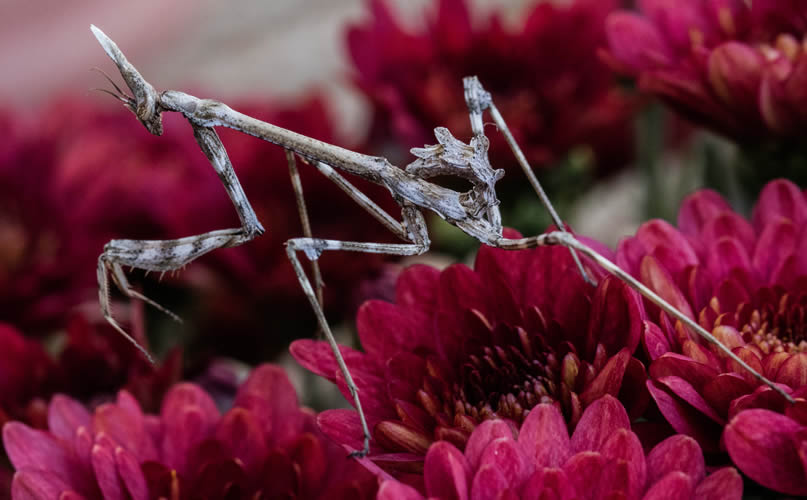
And last but not least – the Mediterranean House Gecko. I am sure you can guess why he is called a House Gecko! We first saw them in our loft and then we found one on the wall in the sitting room. I believe this one lives behind the clock. They rarely exceed 15 centimetres in length, they do no harm and in fact are beneficial in that they eat other insect pests. I think they are delightful so they are welcome in our house any time!
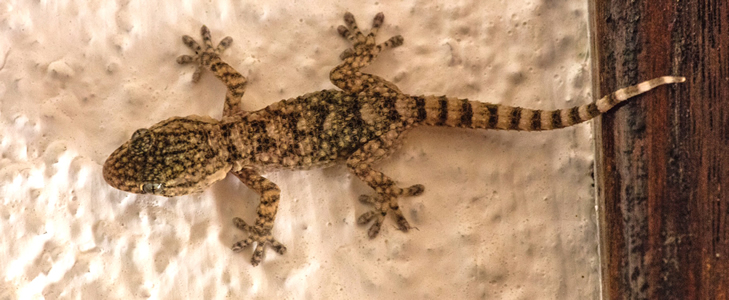
Contributed by Chris
(Published on 30th Dec 2015 )


